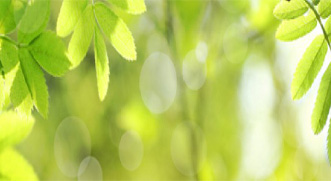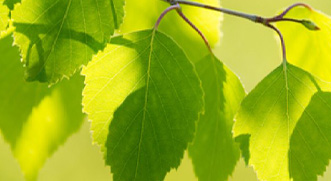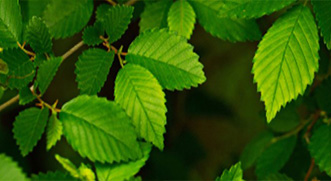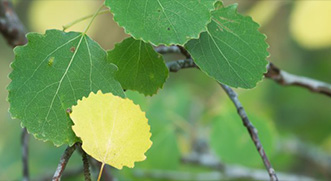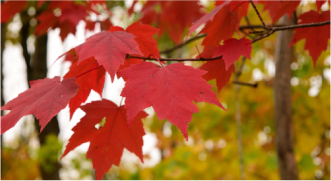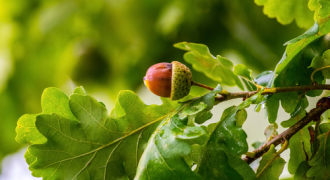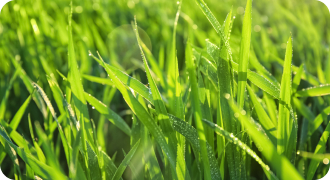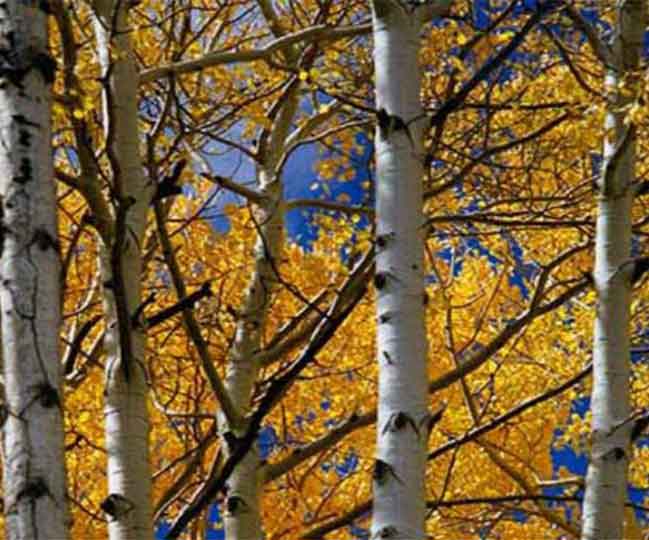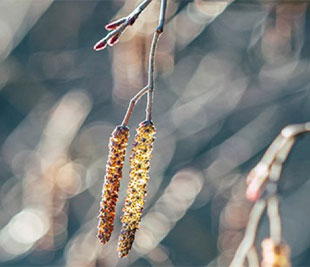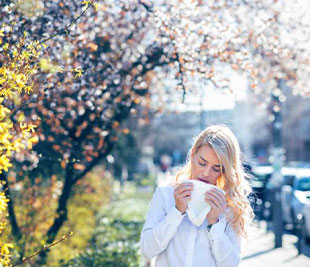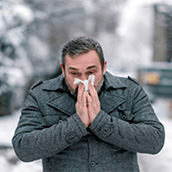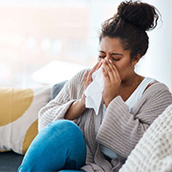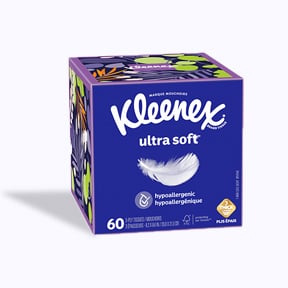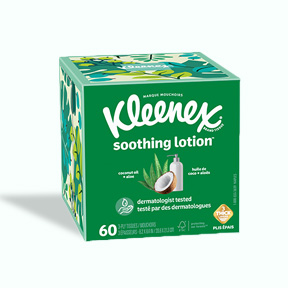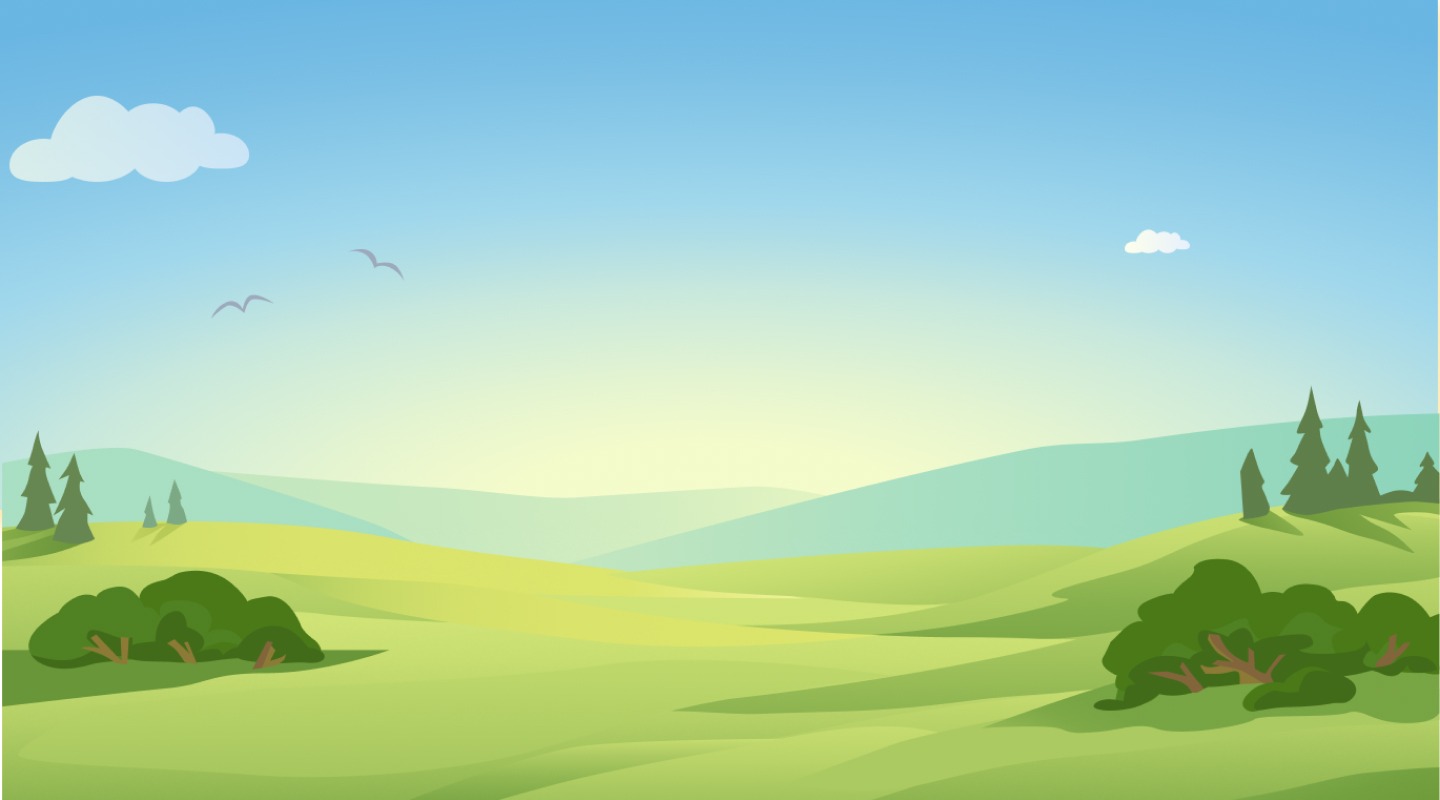


Click here to sign up for alerts
Tap here to sign up for alerts

The pollen forecast for your area
The weather forecast for your area
Discover our hay fever advice and more information about pollen in your area.

Get ahead of pollen with personalized alerts!
Sign up for pollen alertsPollen Count in Winnipeg, Manitoba
What is the pollen count in Winnipeg today?
Want to know how many tissues to stuff in your pocket today? Your Pollen Pal can help with that. Search by postal code above for a detailed breakdown of the daily pollen count in Winnipeg.
Pollen forecast for Winnipeg
Monitor the pollen forecast in Winnipeg over the coming days. Get the all clear for a picnic in Assiniboine Park when Your Pollen Pal tracker presents gloriously low levels. Or pack your hay fever kit filled with antihistamines and Kleenex® Ultra facial tissues should the Winnipeg pollen levels be on the rise.
Pollen Month-by-Month in Winnipeg
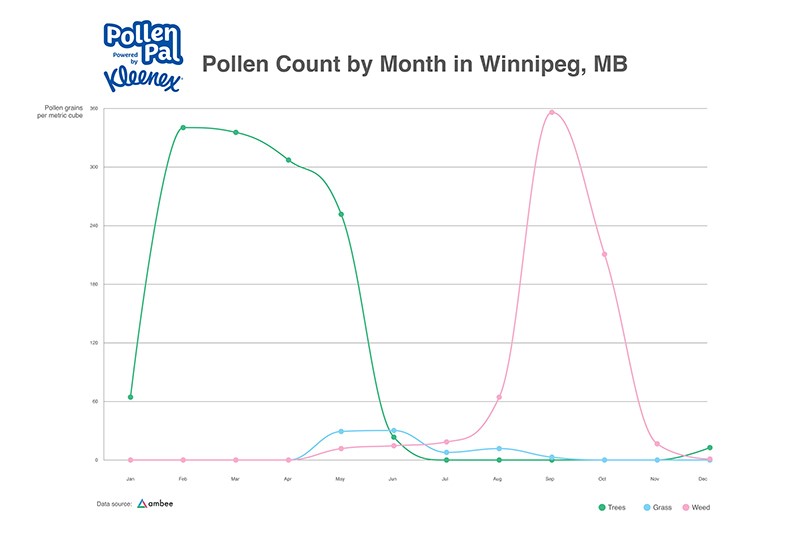
-
January
-
February
-
March
-
April
-
May
-
June
-
July
-
August
-
September
-
October
-
November
-
December
With snow covering most of Winnipeg, this month has a low pollen count. Allergies in January are largely due to mold or animals. Having trouble figuring out if you have hay fever and a winter cold? check out our guide to spot the differences!
So long as the freezing temperatures continue in Winnipeg, pollen seldom makes its presence felt this early in the year.
March welcomes spring and the beginning of tree pollen season. Trees blooming in season are Maples, Hazels, Alders, Elms, Cedars, Willows, Poplars, Oaks and Pines.
April showers boost the upcoming grass pollen season with Kentucky grass becoming the first representative of the season. Tree pollen remains the dominant pollen producer in Winnipeg during April.
Throughout May Kentucky, Bermuda, Johnson, orchard, and Timothy grasses are spreading their pollen evenly across Winnipeg, while Sycamore trees also begin pollenating.
The primary producers of tree pollen in June are pines, birch and oaks. Sweet vernal grass also joins the pollen party in Winnipeg.
In July, grass pollen is peaking in Winnipeg, and ragweed begins to appear in Manitoba.
The good news is that tree pollen production has peaked with the exception of a few late bloomers. For Winnipeg, ragweed is now the dominant pollen producer, along with dock, nettle, mugwort and plantain.
Ragweed is on the decline, which signals that hay fever season is officially winding down. Enjoy a deep breath of fresh air without causing a runny noses or itchy eye, hopefully the sun sticks around to make the most of it!
With any luck, the last of the weed pollen is on its way out, although some may hang around until the first frost of winter in Winnipeg.
Enjoy the changing leaf colours without your eyes watering: November’s pollen count tends to be low.
December brings the first official day of winter in Winnipeg, which means traditionally low levels of pollen for the next few months.
Top Causes of Pollen in Winnipeg
Trees produce pollen in Winnipeg from March until July. Winnipeg’s most common tree allergens are Oak, Elm, Ash, and Birch trees1. Grass pollen is in the air from April until July as well, followed by weed pollen. Ragweed pollen is the dominant strain in Winnipeg, beginning in July through September (or until cooler temperatures take over.)
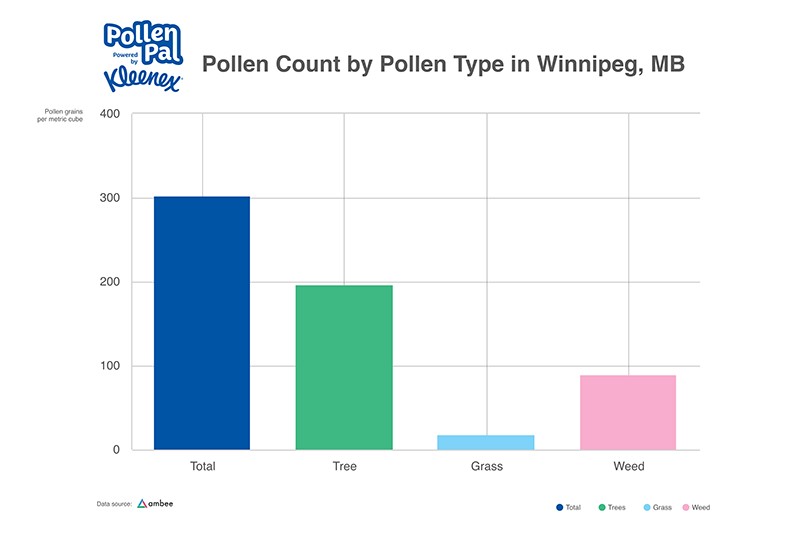
How to Stay Prepared for Winnipeg’s Allergy Seasons
- Have Kleenex® Ultra On-the-Go 3-Ply Pocket Facial Tissues on hand to comfort your stuffy nose throughout allergy season.
- Wear sunglasses to block pollen from reaching your eyes prevent watering and irritation.
- Wash your hands frequently to remove pollen.
- Try using petroleum jelly around your upper lip and nostrils to cut off pollen.2
- Use a highly protective comfortable mask to filter out allergens and pollen in the air.3
- When possible, shower and switch your clothing after spending time outside to remove pollen.
- Looking for a natural solution? Nasal breathing exercises have been shown to assist those using the standard nasal sprays.4
Pollen Hotspots in Winnipeg
Assiniboine Park and Zoo, The Forks National Historic Site, and even the Leo Mol Sculpture Garden are all potential places where pollen can thrive. Hoping to catch a glimpse of the herd of bison in Fort Whyte Alive? Definitely take a look at Your Pollen Pal first!
Allergy Friendly Activities in Winnipeg
Don’t let high pollen count in Winnipeg stop you from enjoying your days out. There are plenty of hay fever-friendly activities you can get up to with minimal impact on your allergies. Check in on the daily local pollen count, whether you’re heading out in peak tree pollen seasons between March to May or want a lovely June day out when grass pollen peaks.
Indoor Activities
- Winnipeg Art Gallery
- The Forks Market
- Royal Canadian Mint
- Outlet Collection Winnipeg
- Uptown Alley
Museums
- Canadian Museum for Human Rights
- Manitoba Museum
- Children’s Museum
- Winnipeg Railway Museum
- Royal Manitoba Theatre Centre
Sources:
Pollen Levels
The following table shows the risk level for each type of pollen derived by applying NAB guidelines to our data and taking percentile values from the extended season for each type of pollen.
Severity of pollen is dictated by the PPM number, which stands for Pollen Grains Per Cubic Metre. The weather and time of day can also be a big factor when it comes to how the pollen count can affect you. As pollen falls to the ground when the heat dissipates during the evening, this can mean your seasonal allergy symptoms get worse and is why many allergy sufferers have worse symptoms in the night. On rainy days, you’ll find your allergy symptoms are easier to manage as rain tends to wash pollen away.
- Low
- Moderate
- High
- Critical
Tree Pollen
- 0-95
- 96-207
- 208-703
- 704+
Weed Pollen
- 0-20
- 21-77
- 78-266
- 267+
Grass Pollen
- 0-29
- 30-60
- 61-341
- 342+
Types of Pollen
We’ve taken a closer look at the types of pollen out there to help you narrow down which ones will have you reaching for the tissues.
Show Allergy Season Who’s Boss
Looking for more info on seasonal allergies and symptoms? Check out our latest articles to help you put pollen allergies in their place.
Find Comfort From Allergies with Kleenex®
Seasonal or not, allergy symptoms can take a heavy toll on you. Let Kleenex® facial tissues help relieve some of those symptoms.
View all products
Frequently Asked Questions
- Local Pollen traps, where available.
- Weather data and other anthropogenic factors.
- Vegetation related data around your region.
A tree pollen level above 50 is considered high, while one to 10 is considered low. Be sure to check your local pollen count before venturing outside and plan accordingly.
 Get Pollen Alerts
Get Pollen Alerts
